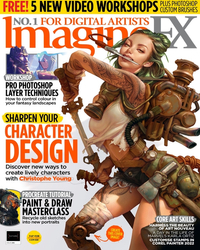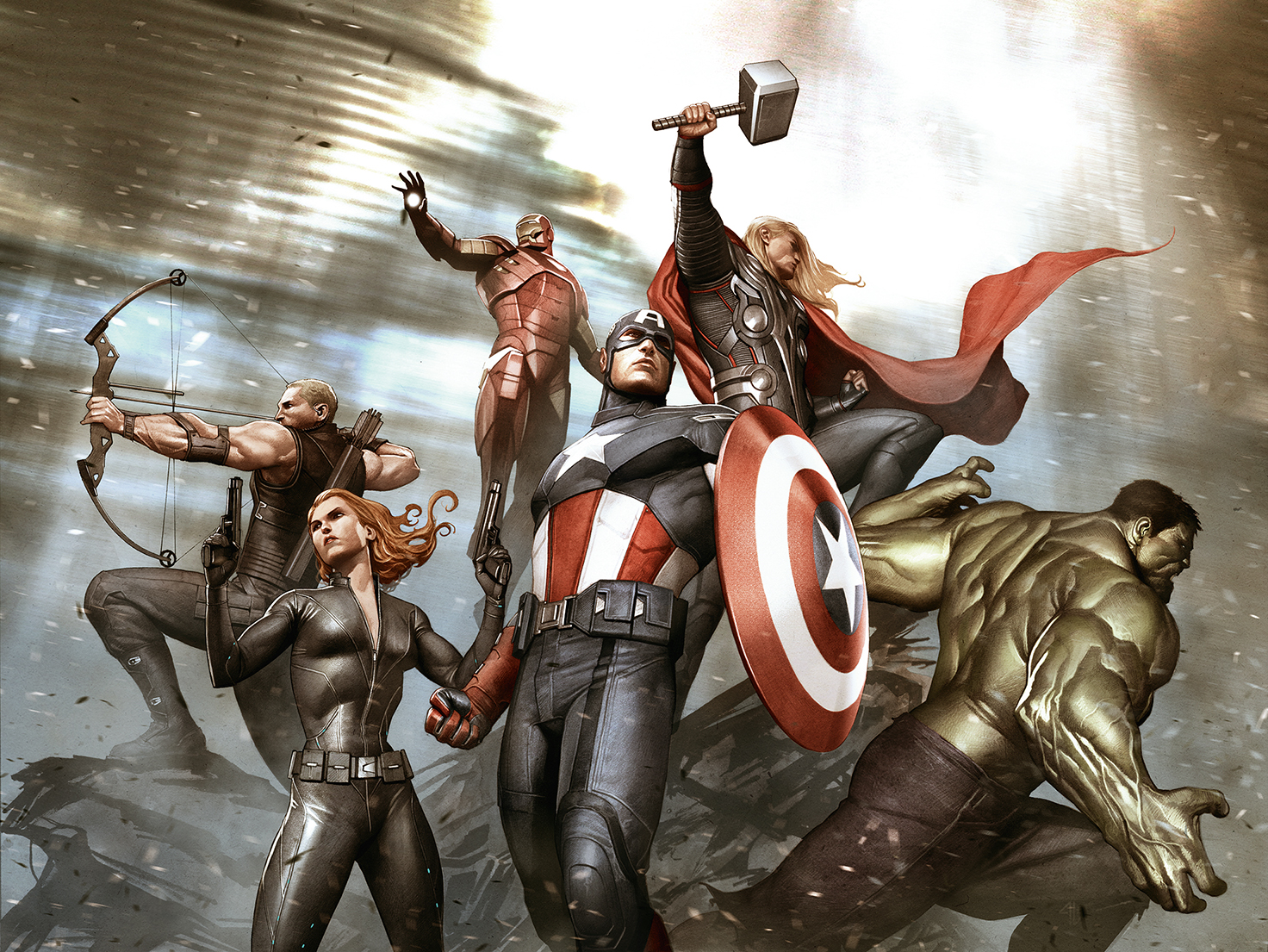
Making it in comic art can be tough. Seasoned pro Adi Granov has been working at Marvel for over 17 years. Few artists have had as much impact in the whole of Marvel’s output quite like Adi.
The Marvel artist is best known for his work on Iron Man: Extremis, but he’s also found time to contribute to the biggest Marvel Cinematic Universe movies – Iron Man, Black Panther, Avengers: End Game – as well as video games, including Marvel’s Avengers and Iron Man VR.
Reaching the heights of Granov takes hard work and knowledge. Below Granov explains some of the lessons he's learned over the years. If you want to pick up some key techniques take a look at our tutorial for guiding a reader through comic art, or learn how to combine 3D and comic art in ZBrush.
“It was all an extension of the same thing for me. I never really planned to work in comics specifically, it just happened. I wanted to draw and paint science fiction and action art, so whatever allowed me to do that, I was happy to jump into,” says the legendary artist. Catch up with his portfolio and get inspired at his website.
Granov tells us his art style translates well across all forms of media, and this was a deliberate decision on his part. “I loved films, comics, games and toys, so never wanted to limit myself to just one,” he says. “I’ve worked in games a lot longer than comics, and have now spent more time on movies than I ever did on anything else, but because comic work is more immediate – from my desk straight to the readers – it’s the thing which is most prominent.”
Get 3 issues of ImagineFX for $3 / £3
ImagineFX is the leading title for digital artists. Its 13 issues per year offer exclusive inspiration, advice and interviews with some of the world's leading artists, and as a subscriber, you'll get access to every single issue, direct to your door or device!
Offer ends 10am, 17 October 2021 (GMT)
With such an exhaustive portfolio, does Adi have one cover he covets above all of them? “Not really…” he tells us, but some stick out for personal reasons: “The Galactus [cover] I’m very happy with as he’s one of my favourite characters from childhood and I feel like I did him justice. The Wolverine on the motorcycle feels like my definitive depiction of him – all power and fury. The A New Hope cover was very exciting as I got to do spaceships and then George Lucas bought the original painting, which is very cool. So, yes, there is a story behind many of them which gives them life beyond just what you see in print.”
The artist counts Jean Giroud among his inspirations. Hints of the French icon’s style can be seen in Granov's best work. Syd Mead and Hajime Sorayama are also in the artist’s DNA, as well as Drew Struzan and Richard Amsel. “I started studying their work in college as I got more interested in using airbrushes,” he says.
Get the Creative Bloq Newsletter
Daily design news, reviews, how-tos and more, as picked by the editors.
His influences and workload are diverse, which means Granov never relies on one art form to get the job done. His comic covers are all rendered in mostly acrylic paints, while film and video game designs are done digitally in Photoshop, “unless I get bored and do an occasional traditional piece”.
Traditional, digital, or sculpting in ZBrush, Granov approaches his work with a sense of freedom. If you want to achieve a career in comic art that’s filled with the variety and opportunities as Granov, then follow his advice…
01. The secret to comic art success
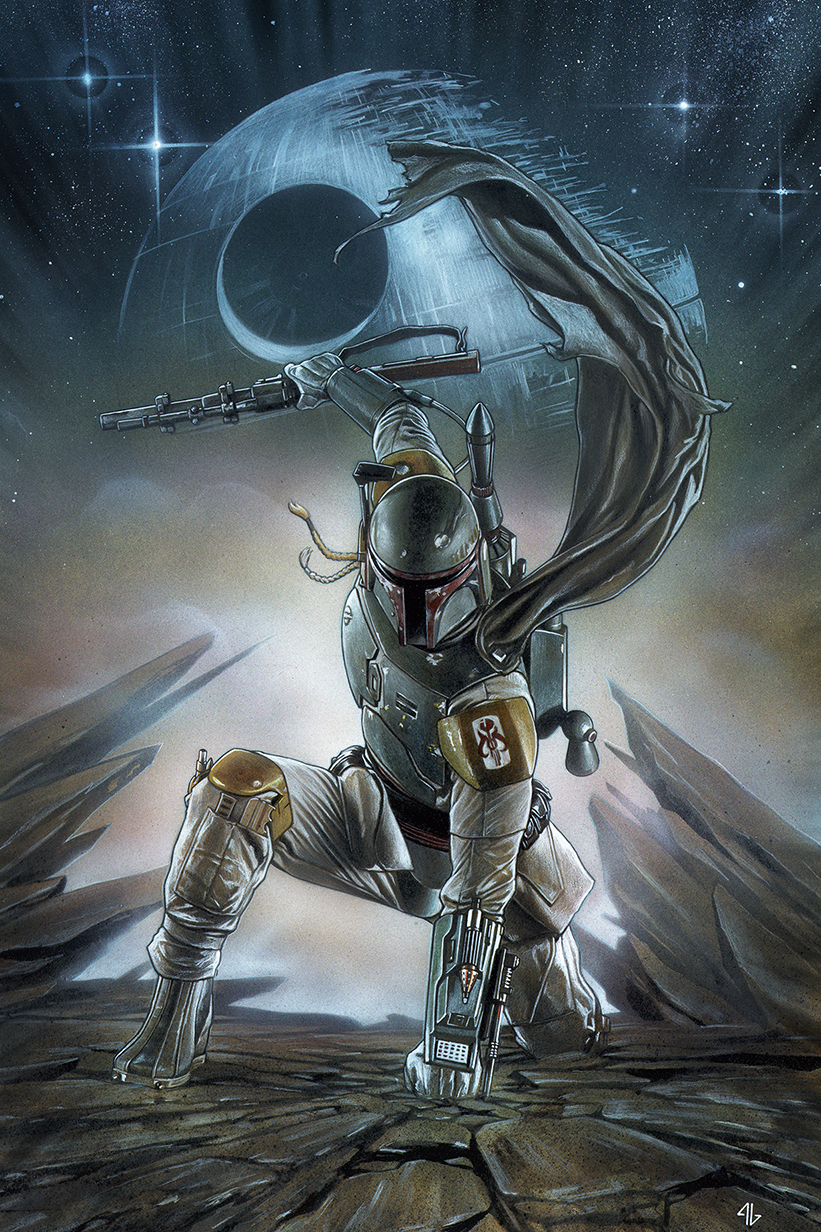
“I see success as something in the past, while I tend to view failure as a challenge to do better in the future. I suppose I’m driven by the concept of success as well, but I always tend to focus on things I could do better. Nothing ever feels as if it couldn’t have been done at least a little bit better, which is probably a good thing as it keeps me motivated to keep learning and improving.”
02. Take time to learn a new skill
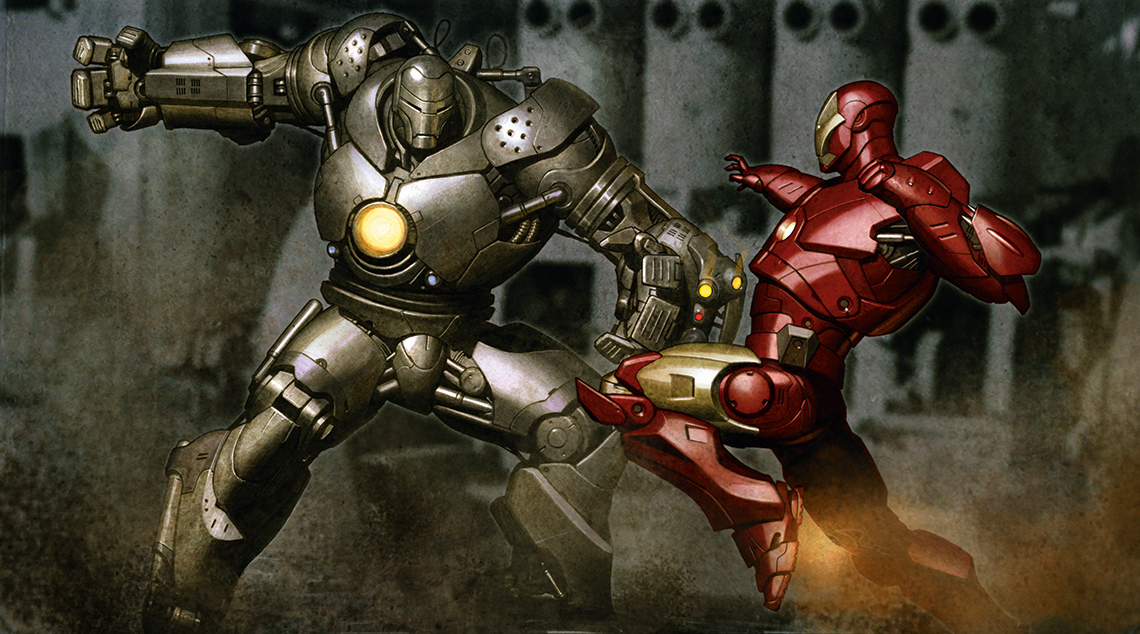
“I’ve always found sculpture more natural than drawing and painting, so I’m really enjoying ZBrush. I’m not sure I could claim that everyone should do it, but there are also no drawbacks to learning new skills. For me, the most difficult part was just learning the interface and all the various tools and ways of achieving what I want. The actual sculpting part has been really fun.”
03. Know when to walk away
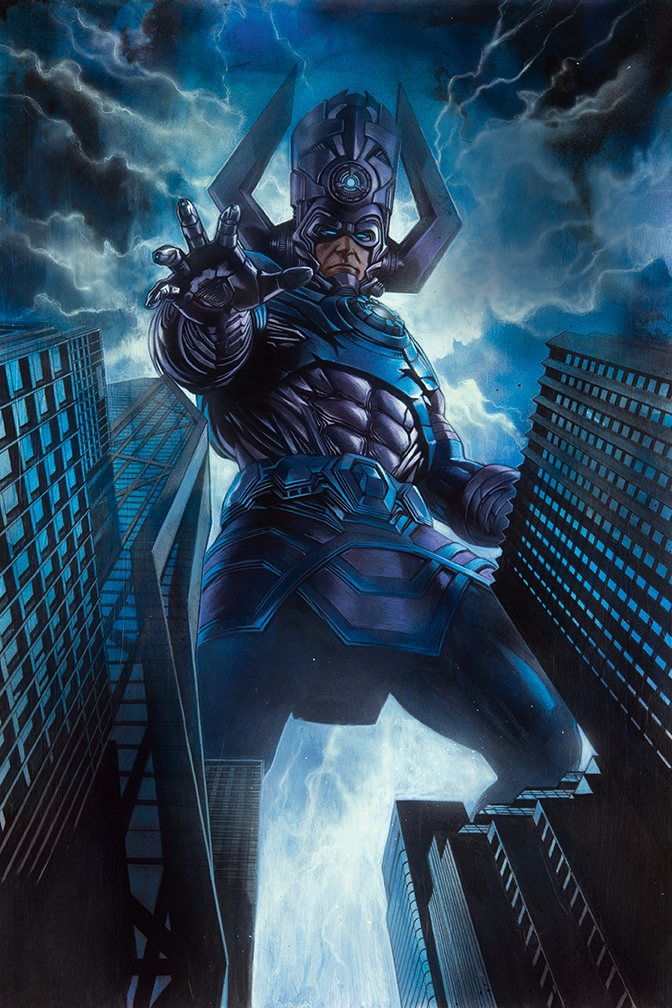
“I find that with experience you learn that art is like an elastic band and you can keep stretching it until it breaks, so the trick is knowing where that sweet spot is to leave it under as much tension as possible, but not going overboard. Over the years I’ve killed a lot of paintings by overdoing them, so I try to judge the limit, but it’s always a challenge.”
04. Love your heroes
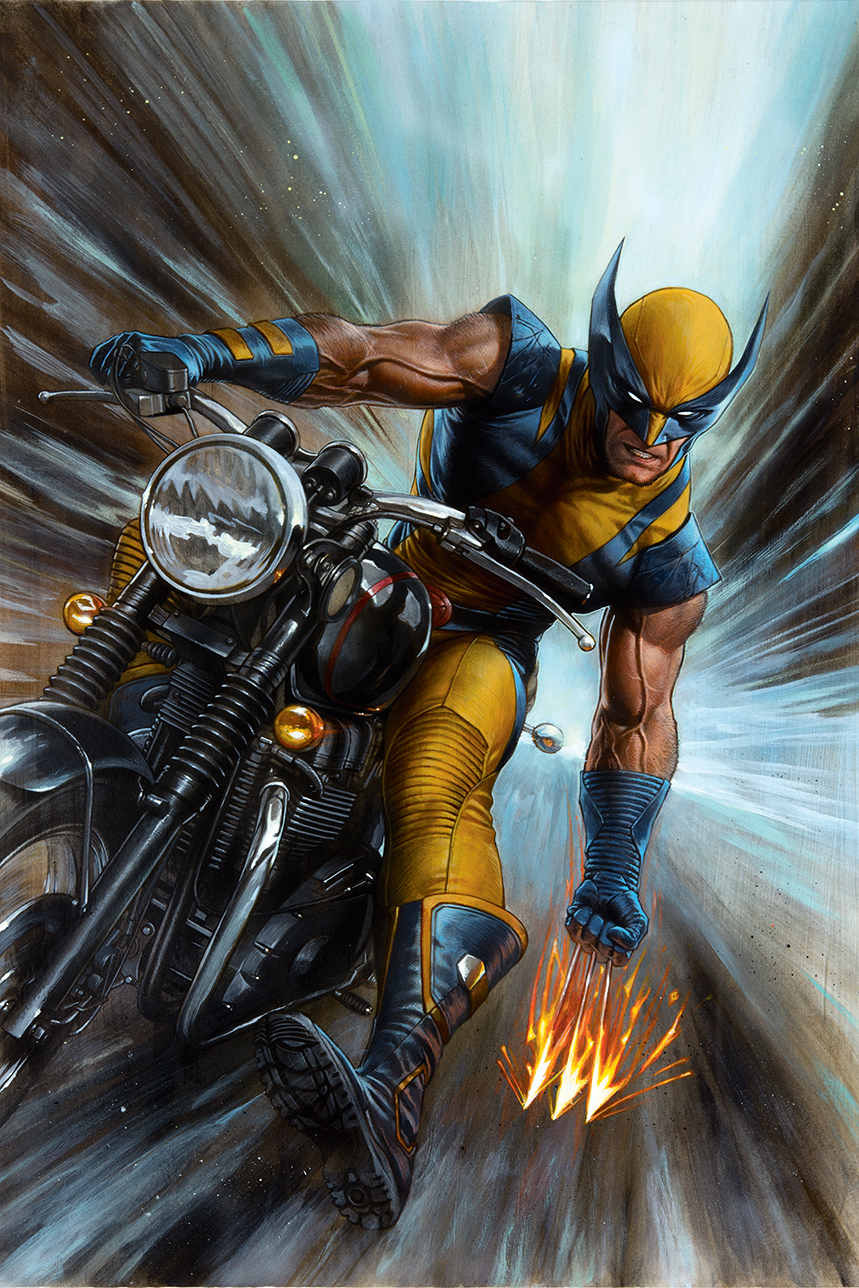
“Jean Giraud [Moebius] changed my life. He was my first true hero and he was very versatile with a massive imagination. His work is what gave me the idea that I can do many different things as he worked in comics and movies and in different styles and even under different names. It felt like he was always pushing and exploring. He also did one of my favourite Marvel stories, Silver Surfer Parable, with Stan Lee.”
05. Embrace diversity
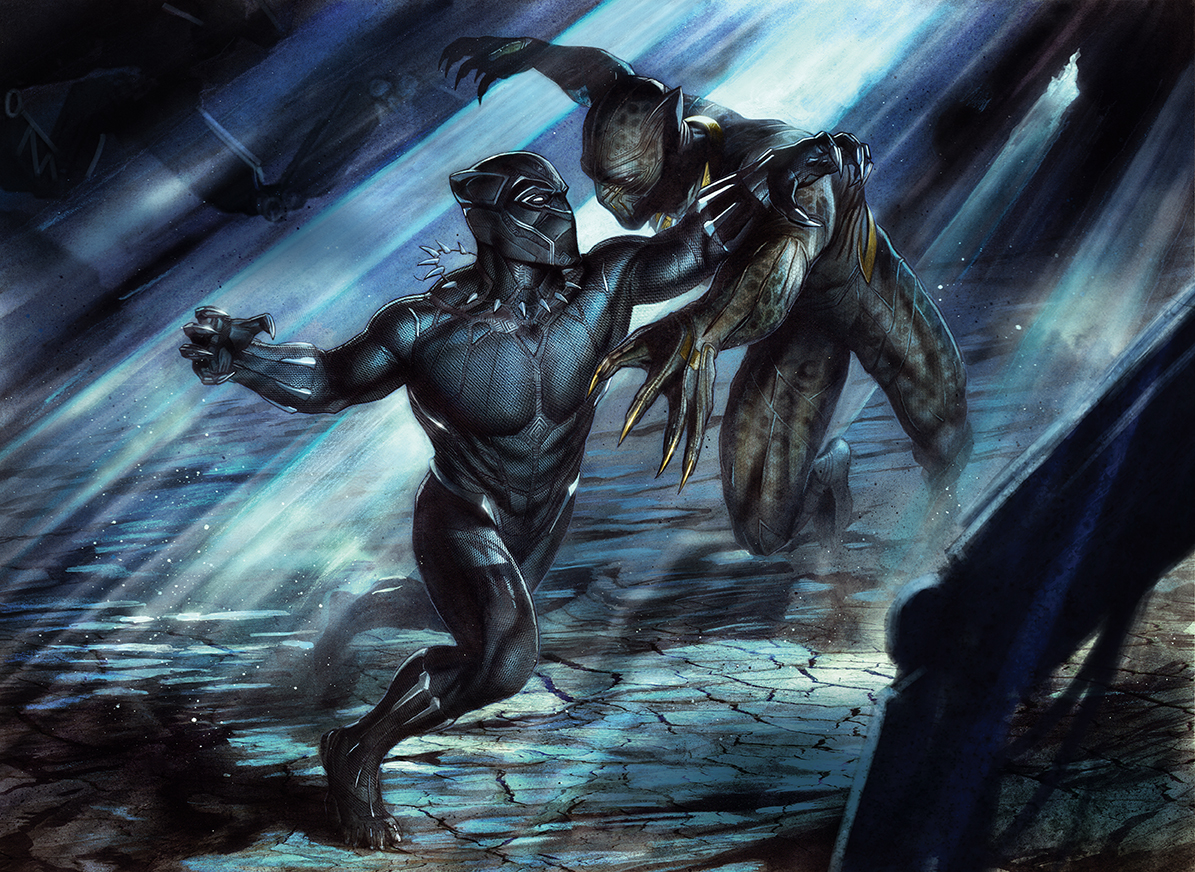
“A lot of my heroes in movies, music and sports looked different from me and as a kid it just seemed natural. Of course, I was naive, but it wasn’t until I moved to the US that I realised all the socio-political issues surrounding race, gender and sexual orientation. My groups of friends have always tended to be very mixed, so it was always natural that all should be represented respectfully. It’s not something that I’ve had to force, but it is something that I’ve tried to embrace.”
06. Keep an open mind
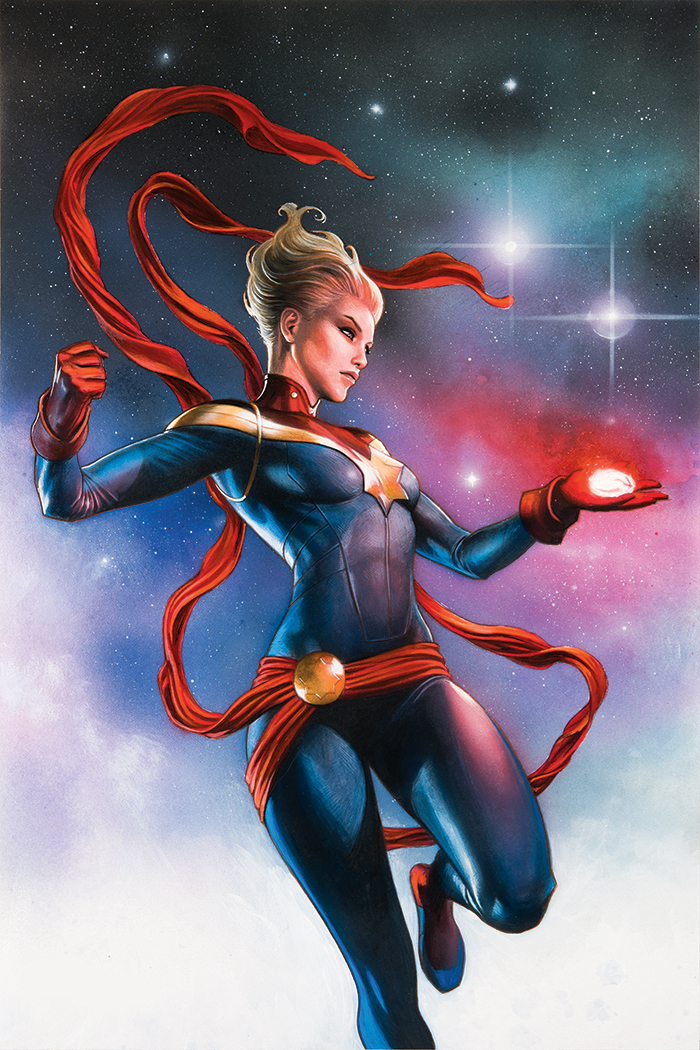
“If there’s one theme to my life as an artist, it’s that I’m obsessed with learning and absorbing as much as I can from anywhere I can. Otherwise it feels like I’m short-changing myself. I always try to advise young artists to keep their minds open to everything around them, but sometimes it’s hard to convince people that the specific interest they have will only be helped by broadening their horizons.”
07. Challenge yourself
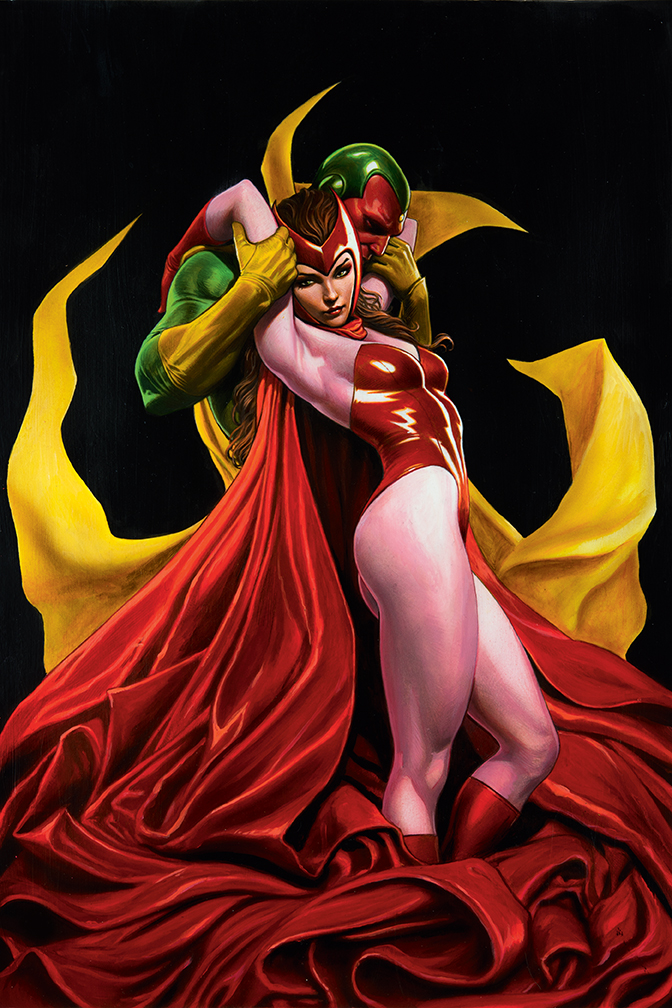
“I really enjoy doing layouts more than I ever did before. Lately I’m having huge fun just sketching ideas. I try to be a future friend to myself as I’m the one who will have to paint them, but I still take pleasure in coming up with challenging layouts to push things beyond the ordinary.”
08. Learn from past mistakes
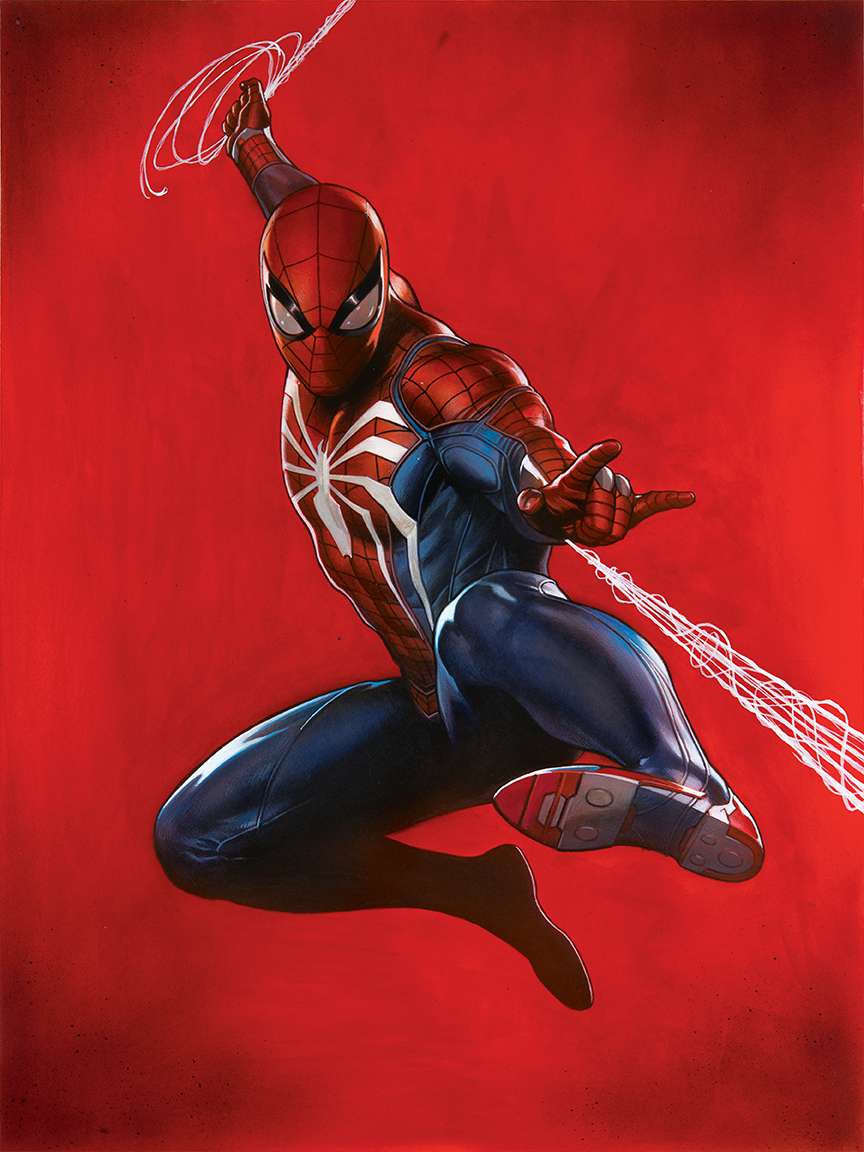
“I never go back and work on a painting once it’s done, but I do look at them and try to learn from the things I see as deficient and improve on the next one.”
09. Choose good partners
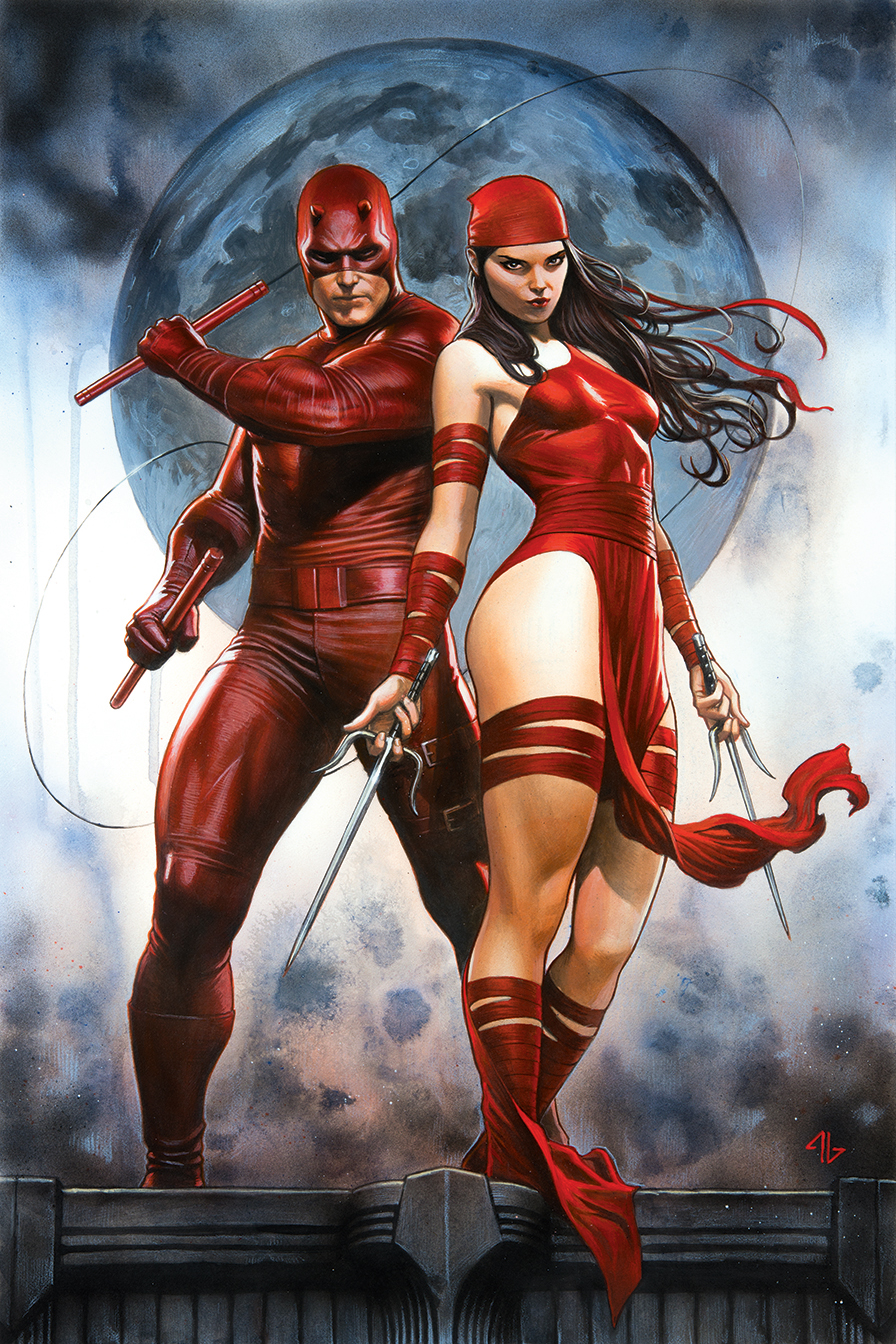
“I’ve done so few collaborations with writers that my experience is limited, but as with anything, working with the right people is important. It’s crucial that the styles gel and there’s an understanding that for it to work, there has to be collaboration.”
10. Focus on the foundations

“Make sure that the structure of the layout and the drawings are solid and worked out. You don’t want to be fighting poor foundations after you start rendering. Much better to spend the time early on to get it right, especially in multi-character pieces where there will be a lot of anatomy, posing, perspective, lighting and so on.”
Never miss an issue of ImagineFX
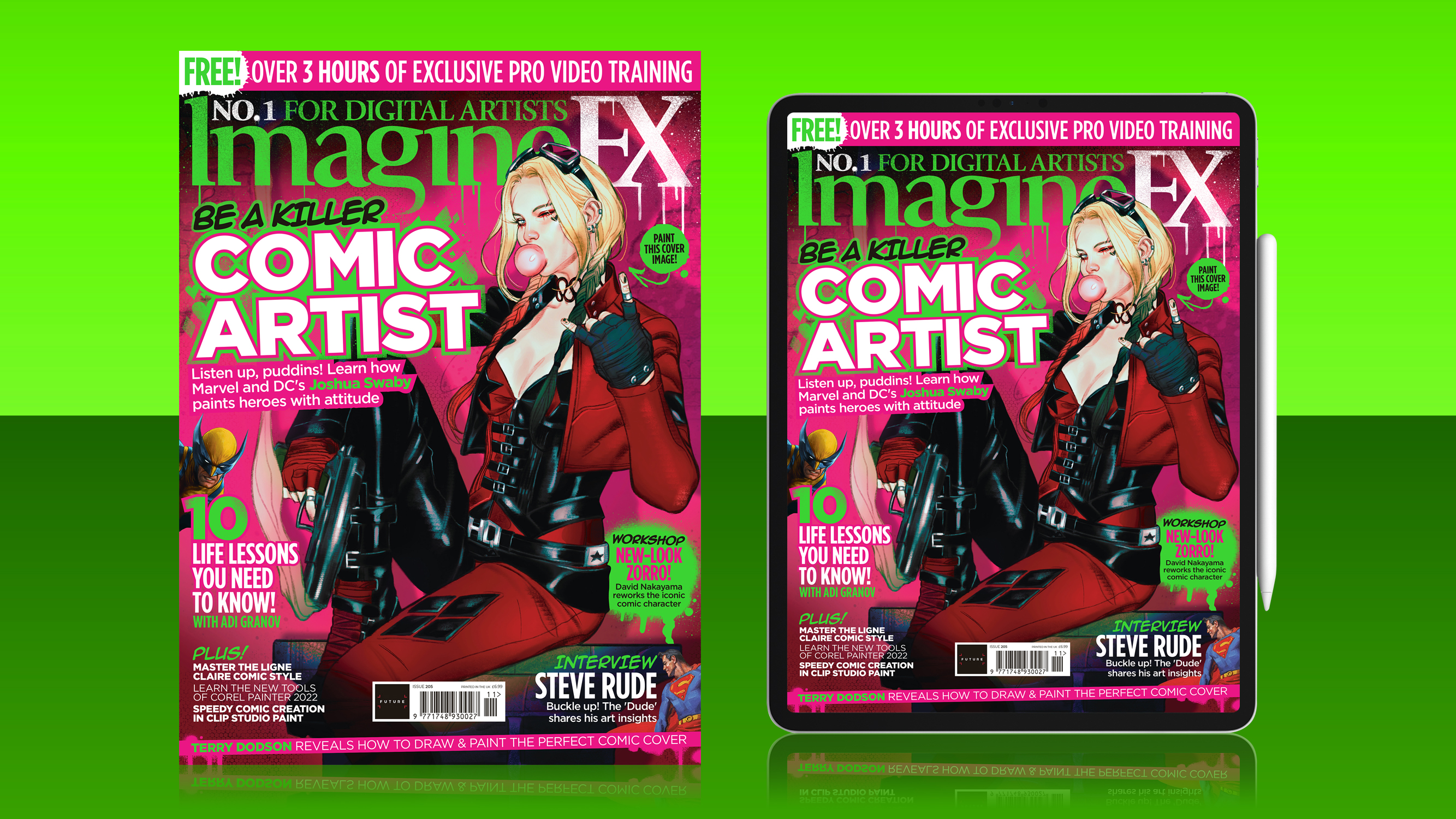
If you liked this piece, you'll love ImagineFX. The world's favourite digital art magazine is on sale in the UK, Europe, United States, Canada, Australia and more. Limited numbers of ImagineFX print editions are available for delivery to over 120 countries from our online store (the shipping costs are included in all prices).
Read more:
- Learn how to draw manga art
- Read our review of Photoshop on iPad
- Discover the best laptops for Photoshop

Thank you for reading 5 articles this month* Join now for unlimited access
Enjoy your first month for just £1 / $1 / €1
*Read 5 free articles per month without a subscription

Join now for unlimited access
Try first month for just £1 / $1 / €1

Ian Dean is Editor, Digital Arts & 3D at Creative Bloq, and the former editor of many leading magazines. These titles included ImagineFX, 3D World and video game titles Play and Official PlayStation Magazine. Ian launched Xbox magazine X360 and edited PlayStation World. For Creative Bloq, Ian combines his experiences to bring the latest news on digital art, VFX and video games and tech, and in his spare time he doodles in Procreate, ArtRage, and Rebelle while finding time to play Xbox and PS5.
